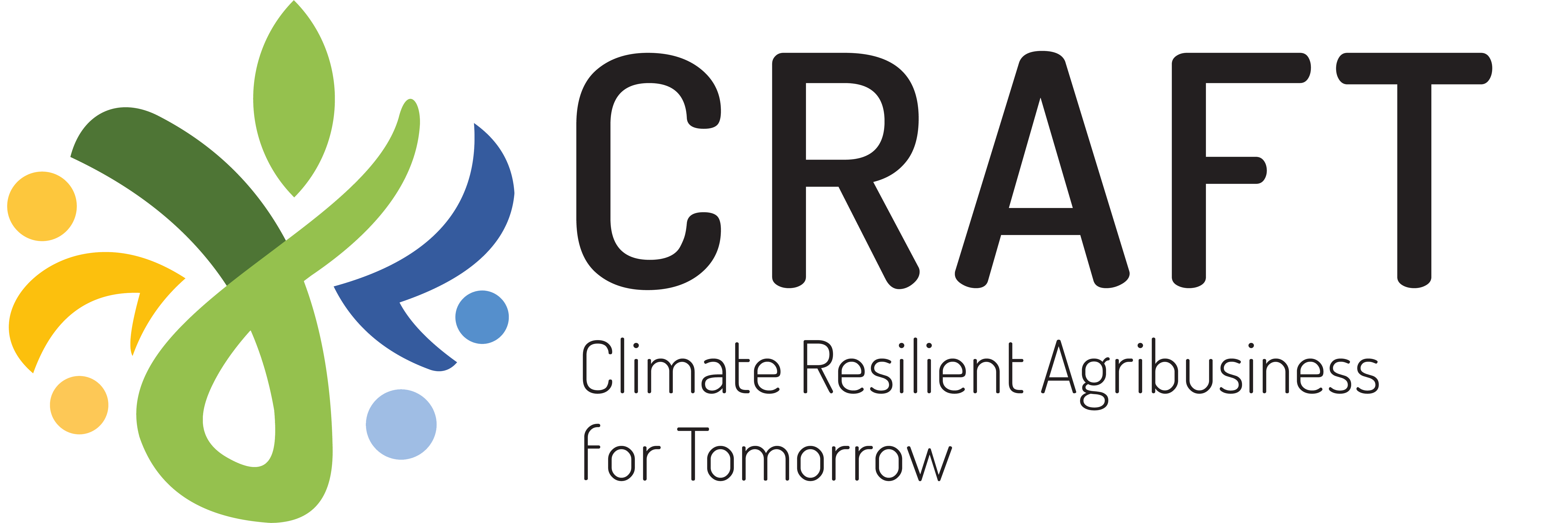Almost half of the labour force in sub-Saharan Africa's agricultural sector is made up of women. They are growing nearly 70% of food and contributing about 21% of the region’s Gross Domestic Product (GDP). However, their activities in farming can often be reduced to unpaid family labour, and as a consequence, they are in many cases excluded from agricultural statistics (Food and Agriculture Organisation of the United Nations (FAO), International Fund for Agricultural Development (IFAD), 2011).
There are numerous issues responsible for under performance of women in the sector, however a key one remains their low access to productive resources – many customary laws and institutions around inheritance and property rights merely exacerbate this (Meinzen-Dick, Quisumbing & Behrman, 2014).
African youth face similar circumstances. Many grapple with limited access to credit and other productive resources such as land and education/vocational training necessary for agriculture productivity. Yet the sector has considerable potential to provide gainful employment opportunities to a large number of young people if it is supported with increased investment and conducive legal and policy frameworks (60 to 70 per cent of the region’s population is below 30 years old).
Under a changing climate, these barriers further constrain women and youth’s recognition in the sector and their ability to adapt, hence widening the gender gap.
Analysis of gender gaps in Agriculture under the CRAFT Project
A gender mapping exercise, conducted in 2020 under the Climate Resilient Agribusiness for Tomorrow (CRAFT) project, established the forementioned gender inequalities and identified constraints and barriers that curtail gender and youth inclusion in the agriculture value chain.
As part of this exercise, farmers rated themselves on each indicator, using the following scoring aid: 5 – Always or jointly; 4 – Almost always; 3 – Often; 2 – Sometimes; 1 – Rarely; and 0 – Never. Farmers who scored themselves 3 or less were then re-classified as inadequate on that particular indicator.
Findings from sixteen (16) agribusinesses supported by the project in Kenya, Tanzania and Uganda revealed the urgent need to support women and youth farmers in addressing gender issues that affect them in areas explained below.
Limited participation in decision-making processes on income
On the issue of control over money, the gender mapping exercise established that both adult and young women had little opportunity to meaningfully participate in decisions on income. The findings revealed that most decisions were taken by men as the ‘head of the household’. For instance, results from OKEBA, a Business Case supported by CRAFT in Uganda, established that 97% of adult men compared to 56% of adult women were adequate on the indicator of control of use of money.
Input into productive decisions
The majority of men (adult and youth) who participated in the exercise felt they are adequate on this indicator, whereas women (both younger and old) did not. A case in point is the East African Fruits Farm and Company Limited Business Case in Tanzania, where 82% of adult men felt adequate compared to 0% of both adult and young women.
Thus, interventions aimed at increasing joint planning and budgeting among men and women at household level are encouraged.
Ownership of land and other assets
The exercise revealed that women do not own land but have use rights on land owned through inheritance by their husbands. Youth on the other hand rely on inherited land with extended claims and sometimes resort to renting land to meet their production targets. Respondents from SERENI FRIES Business Case in Kenya established that limited access to land mostly affects male youth (96%) followed by young women (73%).
Input into marketing decisions
Women, especially young, felt they were largely inadequate on this indicator. Based on the findings from RECO Industries Limited in Uganda, 89% of adult men compared to 24% of adult women and 31% of young women felt adequate on this indicator. Combined with a lack of control over income and productive decisions as seen above means markets remain distant from women’s day-to-day experiences.
The private agricultural sector and development agencies are encouraged to work together to find ways of effectively integrating women into markets as employees, producers, distributors, and consumers at every node of the agriculture value chain.
Access to and decisions over financial services
Both women and men suggested they lack access to credit services for all Business Champions involved in the exercise. For example, Musoma Food Company Limited (MFCL) Business Champion in Tanzania is not satisfied with the affordability of financial services. While respondents acknowledged that financial services are available, it was noted that in most cases they are not accessible due to high interest rates and the requirement for a 30% advance payment.
Improving access to credit by linking women and youth farmers to financial institutions will enhance their ability to access land for production in rental markets.
Group membership
Both young women and men rated themselves as inadequate in this area across membership, leadership, voice, and influence in farmer groups in all the business cases engaged in the exercise.
It is therefore important for development interventions in the agrarian society to support actions that spur youth and women’s representation in leadership and decision-making processes right from family to community level.
CRAFT’s strategy to enhancing youth and women farmers’ participation in agricultural transformation amidst the climate challenge
To ensure women and youth’s meaningful participation in the agricultural sector, the CRAFT Project applies gender specific strategies, such as:
- Training farmer groups and agribusinesses in Kenya, Tanzania and Uganda in governance and leadership - with specific attention to group dynamics aimed at supporting women and youth’s increased participation and leadership.
- Improving access to credit by linking women and youth led agribusinesses to financial institutions who avail affordable production credit services payable after harvest. The project also facilitates the formation of the Village Savings and Loan Associations (VSLAs) amongst small holder farmers.
- Promoting the adoption of gender responsive climate-smart agricultural (CSA) practices such as integrated pest management, post-harvest handling, sustainable soil and water management, climate tolerant and sustainable seeds selection (and distribution) by women and youth small holder farmers.
- Improving access to labour-saving and productivity enhancing technologies such as tractor hire services for ploughing, mobile threshers and motorized sprayers among small holder farmers and agribusinesses. Not only has this reduced women farmers’ drudgery in climatic risk areas, but also enhanced gender inclusion. Youth are able to leverage the productivity and employment opportunities that mechanised agriculture offers.
- Enabling conditions that improve youth and women's market access across the food value chain, such as collective marketing which spreads costs over a larger crop volume, creates a larger presence in the marketplace, and focuses marketing and selling efforts.
- Protecting women- and youth-led agribusiness from evident climate risks through its Climate Innovation and Investment Facility (CIIF).
Written by: Sandra Nassali (CRAFT Communications Officer) and Sarah Mazirwe (CRAFT Communications Intern)









